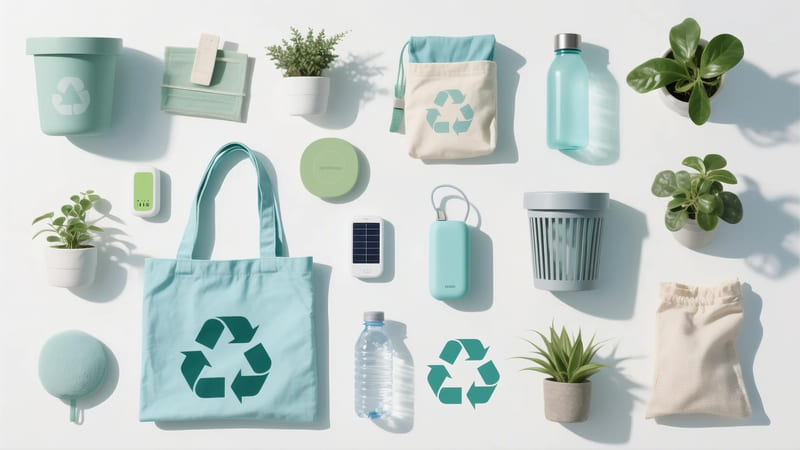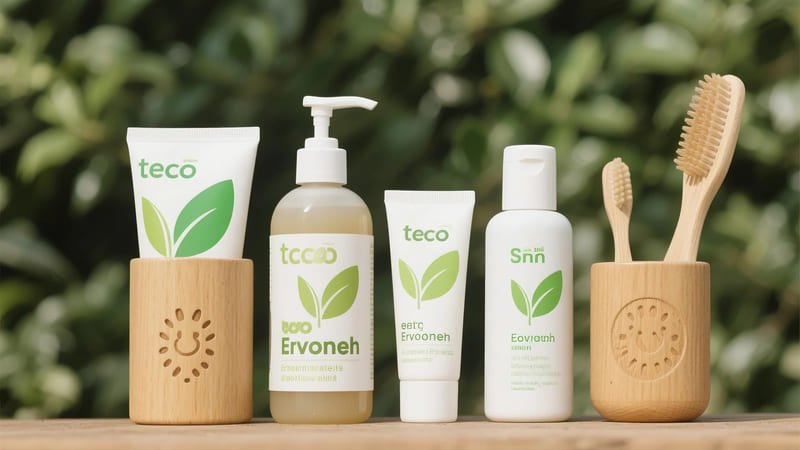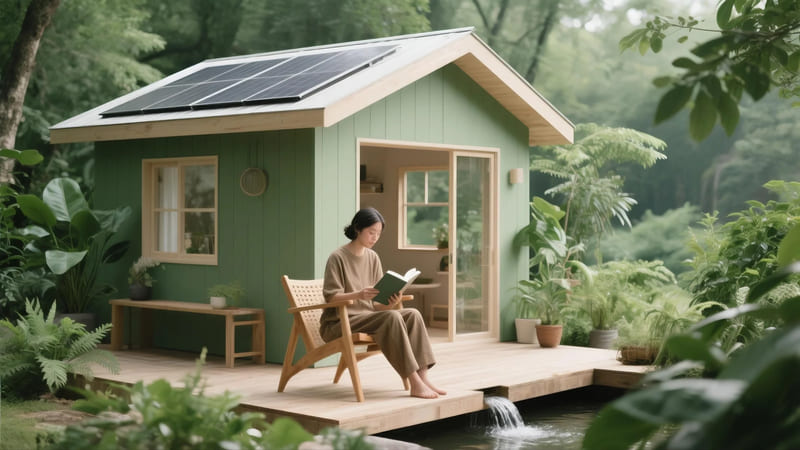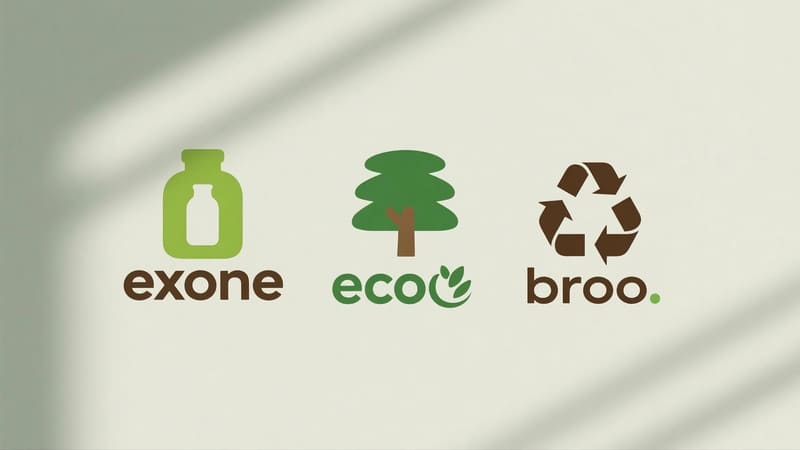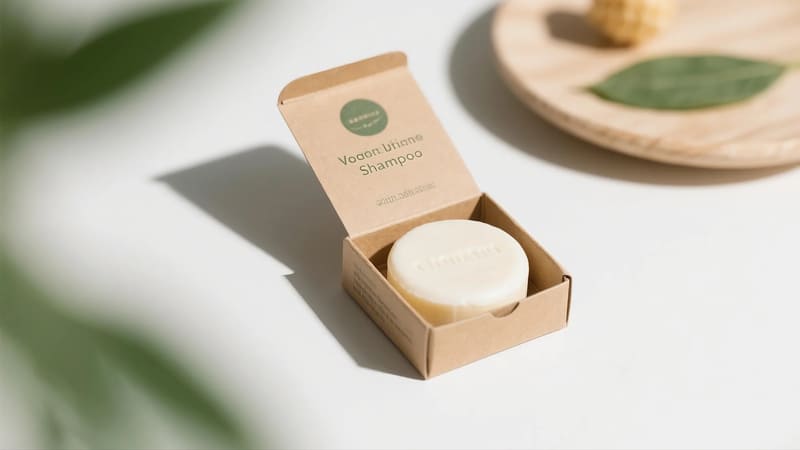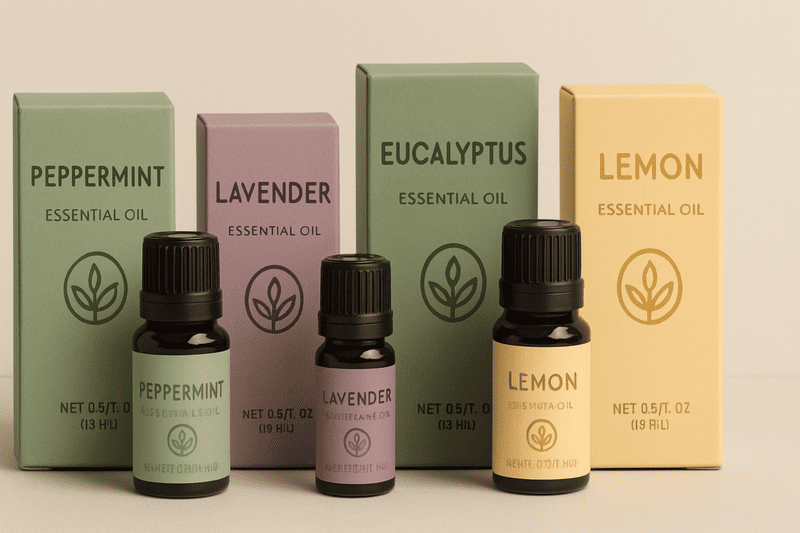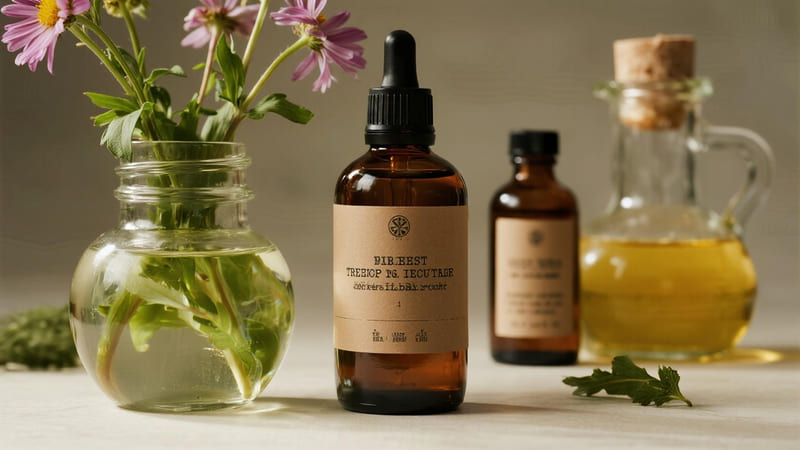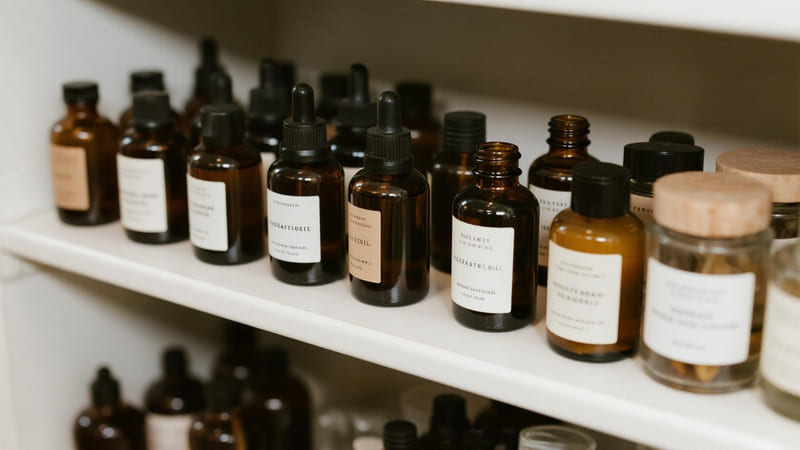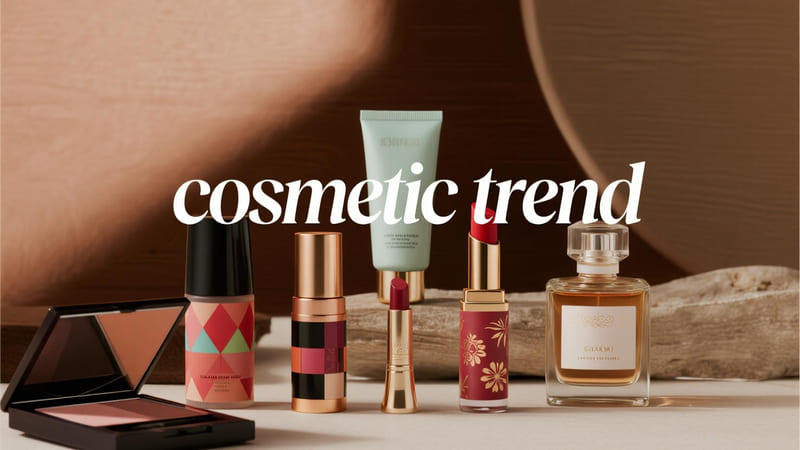In a world increasingly focused on sustainability, many consumers are actively seeking products that minimize harm to the planet. "Best" can be subjective, but generally, the most environmentally friendly products are those that are durable, reusable, made from sustainable or recycled materials, biodegradable or easily recyclable, and produced with minimal environmental impact.
Some of the best environmentally friendly products include reusable water bottles and coffee cups, reusable shopping bags, solid toiletries (shampoo bars, soap bars), bamboo toothbrushes, beeswax wraps (instead of plastic wrap), stainless steel straws, menstrual cups, cloth diapers, and products made from recycled materials or sustainably sourced natural fibers.
Choosing eco-friendly products is about making conscious decisions to reduce waste, conserve resources, and lessen our overall environmental footprint. While ShineTop focuses on sustainable packaging solutions, the ethos of sustainability extends to the products themselves. Let’s explore some standout examples.
What are the Best Eco-Friendly Items?
"Best" eco-friendly items are often those that directly replace single-use, disposable products or are made from materials with a significantly lower environmental impact throughout their lifecycle.
The best eco-friendly items often focus on reusability and waste reduction. Standouts include reusable water bottles (stainless steel/glass), reusable coffee cups, cloth shopping bags, beeswax food wraps, stainless steel or glass food containers, bamboo toothbrushes, solid shampoo/conditioner bars, and reusable menstrual products.
These items help individuals make a tangible difference in their daily lives.
Top Categories & Examples of Eco-Friendly Items:
-
Reusables for On-the-Go:
- Reusable Water Bottles: (Stainless steel, glass, durable BPA-free plastic like Tritan). Impact: Reduces single-use plastic bottle waste.
- Reusable Coffee Cups/Travel Mugs: (Stainless steel, glass, bamboo fiber, ceramic). Impact: Reduces disposable coffee cup waste (often plastic-lined paper).
- Reusable Straws: (Stainless steel, glass, bamboo, silicone). Impact: Reduces single-use plastic straw pollution.
- Reusable Cutlery Sets: (Bamboo, stainless steel). Impact: Avoids disposable plastic cutlery.
-
Sustainable Kitchen & Food Storage:
- Reusable Shopping Bags: (Organic cotton, hemp, jute, recycled PET). Impact: Eliminates plastic grocery bag waste.
- Reusable Produce Bags: (Mesh cotton, muslin). Impact: Replaces thin plastic produce bags.
- Beeswax Wraps: (Cotton coated with beeswax, jojoba oil, tree resin). Reusable alternative to plastic cling film. Impact: Reduces plastic food wrap waste.
- Glass or Stainless Steel Food Containers: For leftovers, lunches. Durable, non-toxic. Impact: Replaces plastic food containers that can degrade or leach.
- Silicone Food Covers/Bags (Reusable): While silicone’s end-of-life is a concern, its durability and reusability make it better than single-use plastic for many applications.
-
Eco-Friendly Personal Care:
- Bamboo Toothbrushes: Biodegradable handle (bristles usually nylon, need removal). Impact: Reduces plastic toothbrush waste.
- Solid Toiletries: Shampoo bars, conditioner bars, solid soap bars, solid lotion bars. Impact: Drastically reduces plastic bottle packaging.
- Reusable Makeup Remover Pads: (Cotton, bamboo fiber). Impact: Replaces disposable cotton rounds/wipes.
- Safety Razors (Metal): Durable, blades are recyclable (check local guidelines). Impact: Reduces disposable plastic razor waste.
- Menstrual Cups or Reusable Period Underwear/Pads: Impact: Significant reduction in disposable menstrual product waste.
- Natural Deodorant (often in paperboard or refillable packaging): Impact: Reduces plastic deodorant stick waste.
-
Sustainable Home & Cleaning:
- Wool Dryer Balls: Replace single-use dryer sheets, reduce drying time.
- Reusable Cleaning Cloths/Sponges: (e.g., Swedish dishcloths made of cellulose/cotton).
- DIY or Refillable Cleaning Solutions: Using simple ingredients like vinegar, baking soda, or concentrated refills.
The "best" items are those that fit your lifestyle and that you will use consistently, thereby maximizing their positive environmental impact by displacing less sustainable alternatives.
How Can I Be 100% Eco-Friendly?
The aspiration to be "100% eco-friendly" is commendable, but in our current industrialized and interconnected world, achieving a truly zero-impact lifestyle is an immense challenge, if not practically impossible for most.
Being 100% eco-friendly in modern society is an extremely difficult ideal, likely requiring a completely off-grid, self-sufficient lifestyle with zero waste, no reliance on fossil fuels, and consumption limited to only locally sourced, natural, or reclaimed materials. The focus for most should be on significant, continuous impact reduction rather than absolute, unattainable perfection.
While a noble goal, "100% eco-friendly" often implies a level of disengagement from modern societal structures that isn’t feasible for the vast majority.
Why "100% Eco-Friendly" is a Near Impossibility:
- Systemic Dependencies: Our food systems, energy grids, transportation networks, and manufacturing processes are deeply reliant on practices that are not fully sustainable (e.g., fossil fuels, industrial agriculture, global supply chains). Even if you buy an "eco-friendly" product, its components may have traveled thousands of miles.
- Hidden Impacts: Nearly every manufactured item has an environmental footprint, from raw material extraction to production and disposal. It’s very hard to trace and eliminate all negative impacts.
- Infrastructure Limitations: Lack of universal access to things like comprehensive recycling for all materials, widespread public transport in all areas, or community composting facilities.
- Unavoidable Consumption: We all need food, shelter, clothing, and often, healthcare or technology, which currently have associated environmental costs.
Striving for Maximum Impact (Instead of "100%"):
Rather than getting discouraged by the impossibility of perfection, focus on making the most significant positive changes you can:
- Radical Reduction: Drastically reduce overall consumption. Question every purchase.
- Prioritize the Waste Hierarchy: Refuse, Reduce, Reuse, Repurpose, Recycle, Rot (Compost) – in that order.
- High-Impact Lifestyle Changes:
- Significantly reduce or eliminate meat and dairy.
- Minimize air travel and car dependency.
- Invest in home energy efficiency (insulation, renewable energy if possible).
- Support Systemic Change: Advocate for policies and support businesses and organizations that are driving large-scale sustainable transitions (e.g., renewable energy infrastructure, circular economy initiatives).
- Continuous Learning & Improvement: The journey is ongoing.
The goal is to live as lightly on the Earth as your circumstances permit, always seeking ways to lessen your footprint.
Which Brands are the Most Eco-Friendly?
Identifying the "most" eco-friendly brands is challenging because "eco-friendly" can be measured in many ways (carbon footprint, water usage, waste reduction, ethical sourcing, material choices, etc.), and full transparency across all operations is rare. However, some brands are widely recognized for their strong commitment to sustainability.
Brands often recognized as highly eco-friendly include Patagonia (apparel, B Corp), Dr. Bronner’s (personal care, B Corp, fair trade, organic), Seventh Generation (cleaning/personal care, B Corp), Ecover/Method (cleaning, B Corp), Lush (cosmetics, ethical sourcing, minimal packaging), and numerous smaller, dedicated B Corporations or brands with strong certifications like Fair Trade, GOTS (for organic textiles), or Climate Neutral Certified.
These brands often build their entire business model around sustainability and transparency.
What to Look For in Eco-Friendly Brands:
- Certifications:
- B Corp Certification: A rigorous certification for businesses meeting high standards of social and environmental performance, accountability, and transparency.
- Fair Trade Certified: Ensures ethical treatment and fair pay for workers in developing countries.
- Organic Certifications (USDA Organic, GOTS, etc.): For food, textiles, and cosmetic ingredients.
- Leaping Bunny / Cruelty-Free International: For cruelty-free products (no animal testing).
- FSC (Forest Stewardship Council): For paper and wood products from responsibly managed forests. (ShineTop offers FSC-certified paperboard for packaging).
- Climate Neutral Certified: Brands that measure, offset, and reduce their carbon emissions.
- 1% for the Planet: Businesses that commit to donating 1% of their annual sales to environmental causes.
- Transparency: Brands that are open about their supply chains, manufacturing processes, ingredient sourcing, and environmental impact. Look for detailed sustainability reports.
- Sustainable Materials: Use of recycled content, renewable resources, biodegradable/compostable materials (where appropriate), and minimal packaging.
- Ethical Production: Fair labor practices, safe working conditions.
- Circular Economy Initiatives: Offering repair programs, take-back schemes for recycling/upcycling, or designing products for longevity and disassembly.
- Commitment to Reducing Impact: Clear goals and measurable progress in reducing waste, water use, carbon emissions, etc.
It’s important to research and look beyond marketing claims. A brand might excel in one area of sustainability but lag in another. The "most" eco-friendly brand for you might also depend on which environmental or social issues you prioritize most.
What is an Example of an Eco-Friendly Product?
An eco-friendly product is one designed, produced, used, and disposed of in a way that minimizes harm to the environment throughout its lifecycle.
A good example of an eco-friendly product is a solid shampoo bar packaged in a small, recyclable (or compostable) paperboard box. It reduces plastic bottle waste, often uses natural ingredients, is lightweight to transport (lower carbon footprint), and its minimal packaging is made from a renewable, recyclable resource.
Let’s break down why this is a good example:
-
Product Form (Solid):
- Reduces Water Content: Liquid shampoos are mostly water, making them heavier to ship and requiring more robust (often plastic) packaging. Solid bars are concentrated.
- Eliminates Plastic Bottle: Directly addresses single-use plastic waste from conventional shampoo bottles.
-
Ingredients (Often):
- Many brands making shampoo bars focus on natural, biodegradable ingredients, avoiding harsh sulfates or synthetic chemicals.
-
Packaging Material (Paperboard Box):
- Renewable Resource: Paper comes from trees, a renewable resource if sourced from responsibly managed forests (look for FSC certification).
- Recyclable: Paperboard is widely recycled in most municipal programs.
- Biodegradable/Compostable: If uncoated and printed with eco-friendly inks, it can biodegrade or be composted.
- Minimalist: The box is typically small and uses just enough material to protect the bar and provide information.
-
Transportation:
- Solid bars are lighter and more compact than liquid shampoos, leading to lower transportation emissions per unit.
Other Examples with Similar Principles:
- Reusable Stainless Steel Water Bottle: Replaces countless single-use plastic bottles, durable, recyclable at end-of-life.
- Beeswax Food Wraps: Reusable, made from natural materials, biodegradable, replaces plastic cling film.
- Bamboo Toothbrush: Handle is biodegradable, significantly reducing plastic waste compared to conventional toothbrushes (though bristles are often still nylon).
The key is that an eco-friendly product usually addresses multiple aspects of sustainability – material choice, waste reduction, lifecycle impact, and often, the nature of the product itself. At ShineTop, we help brands achieve the packaging part of this equation by offering solutions like FSC-certified paperboard boxes perfect for items like shampoo bars.
Conclusion
The best environmentally friendly products are often those that champion reusability, are made from sustainably sourced or recycled materials, and are designed for a responsible end-of-life, such as easy recycling or composting. While achieving a "100% eco-friendly" lifestyle or finding a "perfectly" eco-friendly brand is challenging, making conscious choices like opting for solid toiletries, reusable containers, and supporting transparent, certified brands can collectively make a significant positive impact on our planet.

